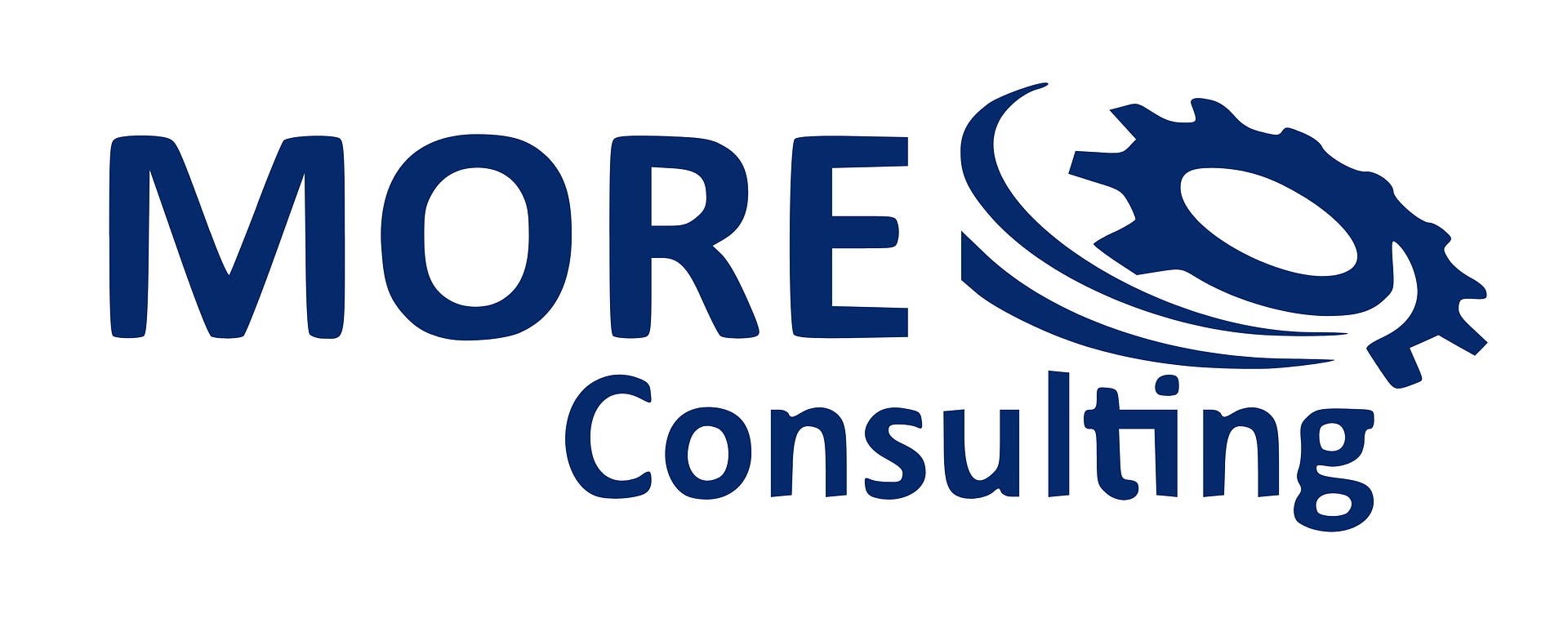MORE
Supply chain in top form
Cheap can be expensive
There is nothing like a good and long-standing partnership with suppliers and service providers. This makes it all the more important to involve them in important change processes.

Supply chain in top form
Cheap can be expensive
There is nothing like a good and long-standing partnership with suppliers and service providers. This makes it all the more important to involve them in important change processes.
We optimize your supply chain
Process improvement should not only take place internally. Everyone must be sworn in to the common goal. This also applies to your external suppliers.
What good is it if internally all processes are optimized, all employees are enthusiastic and all processes are excellently structured, but
– the urgently needed parts come in poor quality?
– the urgently needed parts come too late?
– the urgently needed parts do not come at all?
Exactly! It is therefore important that the supply chain also pulls together.
Interdisciplinary improvements
Successful supply chain management, or SCM for short, reduces missing parts, inventories and logistics costs and increases efficiency. Therefore, supply chain optimization should be the focus of every company.
We tailor the strategy to your individual requirements: Whether through the introduction of Kanban, lean workshops at the supplier or joint KPI reviews – we orchestrate improvements across company boundaries.
Your supply chain becomes more resilient, faster and more profitable, i.e. more reactive to volume fluctuations, lower inventories, increased delivery capability.
Supply chain in practice
Supply chain optimization is teamwork. From the raw material supplier to the end customer, everyone must be sworn in, because all transport steps along the entire value and supply chain must be closely synchronized. You achieve this with integrated, process-oriented planning and control of the flow of goods, information and money.
Strong together
Communicate openly
Identify and avoid bottlenecks
The term “bottleneck” is used whenever a delay or overload in a process leads to an increase in costs, inefficiencies in general business operations, and other negative impacts on your business or customers.
To avoid operational bottlenecks, you need to optimize your supply chain. This can help you maximize resources, reduce errors, and solve the problems that cause bottlenecks in your business in the first place.
Ensure flexibility
Supply chains need to be responsive in two directions: from the inside, to respond to the needs and constraints of the organization, and from the outside, to meet the needs and expectations of your customers.
